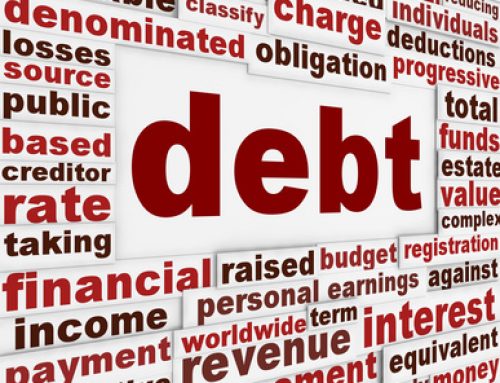For quite a number of years, many decades in fact, members of the Austrian School of Economics have been trying to convince Western governments that the Keynesian fiscal path they’d embraced could only end in a disaster of insolvency that devolved into a currency collapse. In 1940 in his landmark text Human Action Ludwig von Mises famously said:
“There is no means of avoiding the final collapse of a boom brought about by credit expansion. The alternative is only whether the crisis should come sooner as the result of a voluntary abandonment of further credit expansion, or later as a final and total catastrophe of the currency system involved.”
Decades of government-induced inflation and the resultant false borrowed prosperity convinced almost everyone to ignore the Austrian School. I became an adherent of the Austrian School some twenty years ago, but stopped actively participating (until recently) because no one seemed interested. Times were good, money flowed like water, and fiscal propriety was the furthest thing from almost everyone’s mind. The Fed’s ability to inject nitrous into the economy’s engine seemed magical. Greenspan was hailed as a “Maestro.” The business cycle had been repealed. Recessions were a thing of the past. Endless prosperity was assured; we could afford to implement the social welfare state and still be rich.
The notion itself became a paradigm, and one that has proven stubbornly difficult for people to break. The investment watchword of the 80’s and beyond has been “Don’t bet against the Fed.” Most still believe it, mountains of incontrovertible evidence to the contrary notwithstanding.
And yet, before us stands the mountain, and some are beginning to see it. I have noticed, in recent weeks, a significant (almost geometric) increase in the number of financial pundits who are coming around to seeing events foreshadowing currency destruction. This article is the first of a collection of excepts from the popular, and the not-so-popular media on the subject.
I do not believe this will “end well.” Charts such as the one that follows (from the St. Louis Fed) show clearly that we face something we’ve not faced before in our collective memory.
Nothing in here should be construed as investment advice. I am not an investment professional, and if you rearrange your portfolio based on what you see here you are foolhardy and completely on your own. The point of this article is to expand on my previous one which discussed the production of actual wealth, how essential that process is, and what is required to do so.
We have been lying to ourselves for twenty years or more about economics; Greenspan and the Fed were the enablers, but we went along willingly because the message was easy prosperity that allowed us to embrace the culture of self-indulgence. Turn on your television and see if outright hedonism isn’t the order of the day. We were convinced that hard work and making things wasn’t necessary anymore, but we wanted to be convinced so the Fed’s job was easy. You need look no further than “Real Housewives.”
The time is coming, and soon, that it will be time to get back to work. I for one will not mourn the passing of the culture of destructive hedonism. Our task is obvious: Virginia must protect her productive resources: her farms, mines and factories, because therein lies the future of this state and her people. There is not one shred of doubt within me.
From Dylan Gryce, Société Générale:
“[…] there is virtually no new money coming into the European financial system. If a small bank goes down, the problem is solved when it is taken over by a bigger bank which injects new capital into it. If a bigger bank goes down, its problem is solved when it is taken over by the government, which injects new capital into it. If a government goes down…well, then we’re stuck. Where does the new capital come from now?
[…] Since banks are typically stuffed full of government bonds […], instability in government debt markets implies instability in bank balance sheets. So sovereign crises and financial crises are joined at the hip. […] And since financial crises affect banks’ ability to lend, which poses obvious risks to the rate of employment, the need for a central bank response to the threat of financial collapse is clear:
1) Print money
2) Keep printing until the financial system stabilises
3) Worry about removing liquidity later (and if removing liquidity stresses the financial system, go back to step 1)[…] Incidentally, this is exactly the train Rudolf von Havenstein found himself on as President of the Reichsbank during the German hyperinflation. According to Liaquat Ahamed’s work on von Havenstein’s dilemma, in his majestic book ‘Lords of Finance’: ‘…were he to refuse to print the money necessary to finance the deficit, he risked causing a sharp rise in interest rates as the government scrambled to borrow from every source. The mass unemployment that would ensue, he believed, would bring on a domestic economic and political crisis, which in Germany’s [then] fragile state might precipitate a real political convulsion.’ “







